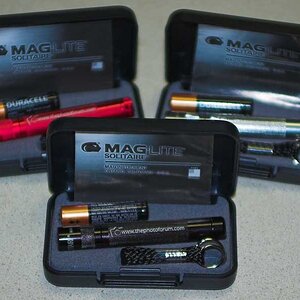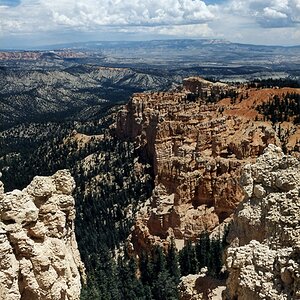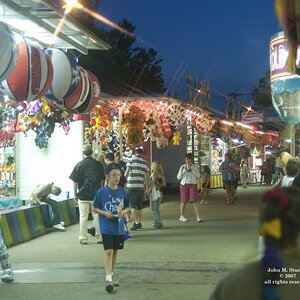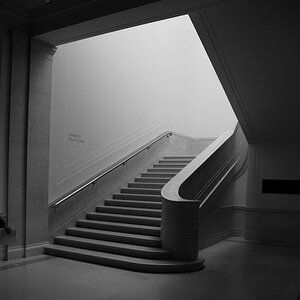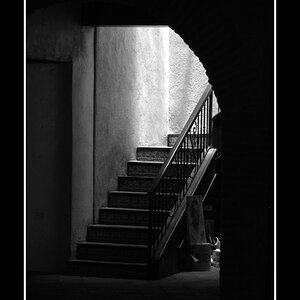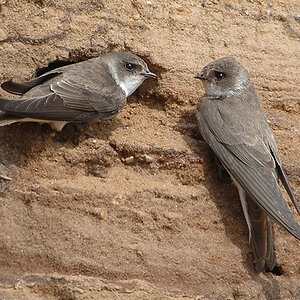NancyMoranG
Been spending a lot of time on here!
- Joined
- May 9, 2012
- Messages
- 2,881
- Reaction score
- 1,054
- Location
- Anywhere we want! Just us And the RV
- Can others edit my Photos
- Photos OK to edit
Hi,
In general, any c/c is appreciated. As far as composition, is there too much going on? Too many leading lines, horrible pp or what? (it was a great sunset)

 Horizon is hard as the land is a gradual down hill.
Horizon is hard as the land is a gradual down hill.
Any insight is great,
Thanks all,
Nancy
I should have reversed order I uploaded :{
In general, any c/c is appreciated. As far as composition, is there too much going on? Too many leading lines, horrible pp or what? (it was a great sunset)
Any insight is great,
Thanks all,
Nancy
I should have reversed order I uploaded :{



![[No title]](/data/xfmg/thumbnail/32/32160-4e45e524b050f1afae9fd21bf696d61b.jpg?1619735234)


